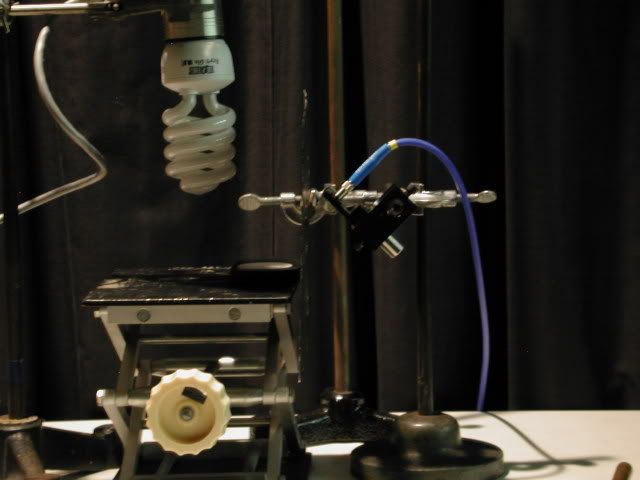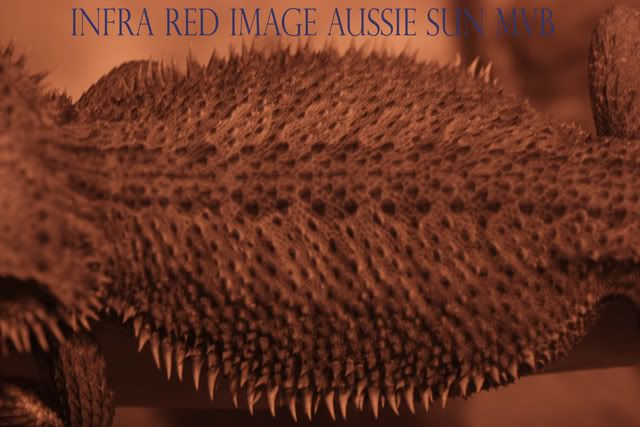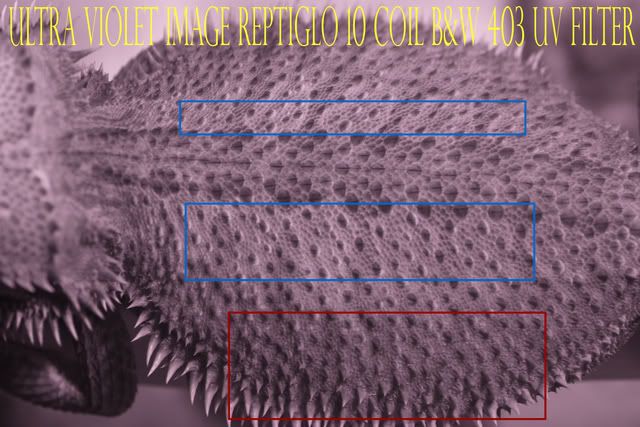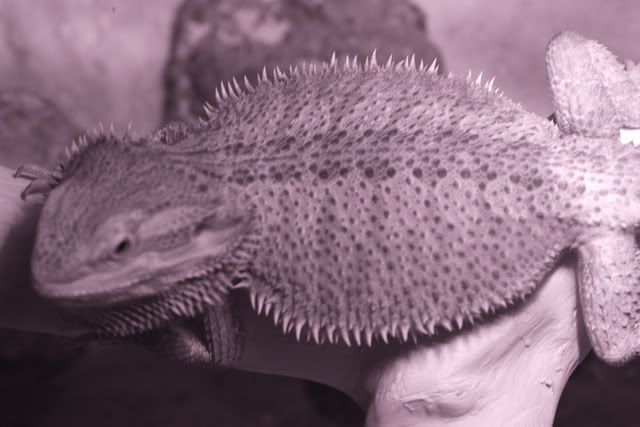- Messages
- 1,856
gina, tim and francis i would be interested as well to hear about your different methods although tim and i brushed on that subject months ago



ladyknite said:Fascinating Francis. I wasn't aware you looked so closely into that aspect of husbandry.
I suspected the UVC theory was rather washed.......wouldn't that also affect humans to some degree? I mean we are not kept under the lights, but are around them.......especially us "junkies"
Not knowing all i should about UVB, UVC and UVA rays, each descriptively individual........doesn't each level hold a damage mark where when imposed can cause harm? As with over exposure to the sun, I would have to assume that lights hold similar possibilities.
ladyknite said:When I ran rescue, I took in a dragon with thermal burns caused by infra red lighting. Is that the same thing? God it was awful.
Can you post those pics?




I do think, however, that by being responsible and learning everything that we can and practicing good husbandry (altering and tweeking where we need to in an effort to ensure the health of our animals), that we may be able to avert some of the potentially bad affects of our intrusion upon nature.
Even live foods and fresh veggies and fruits pose new threats to our animals.